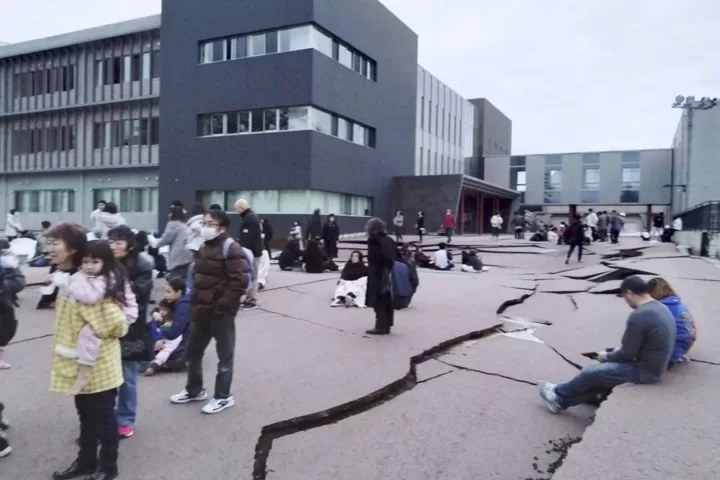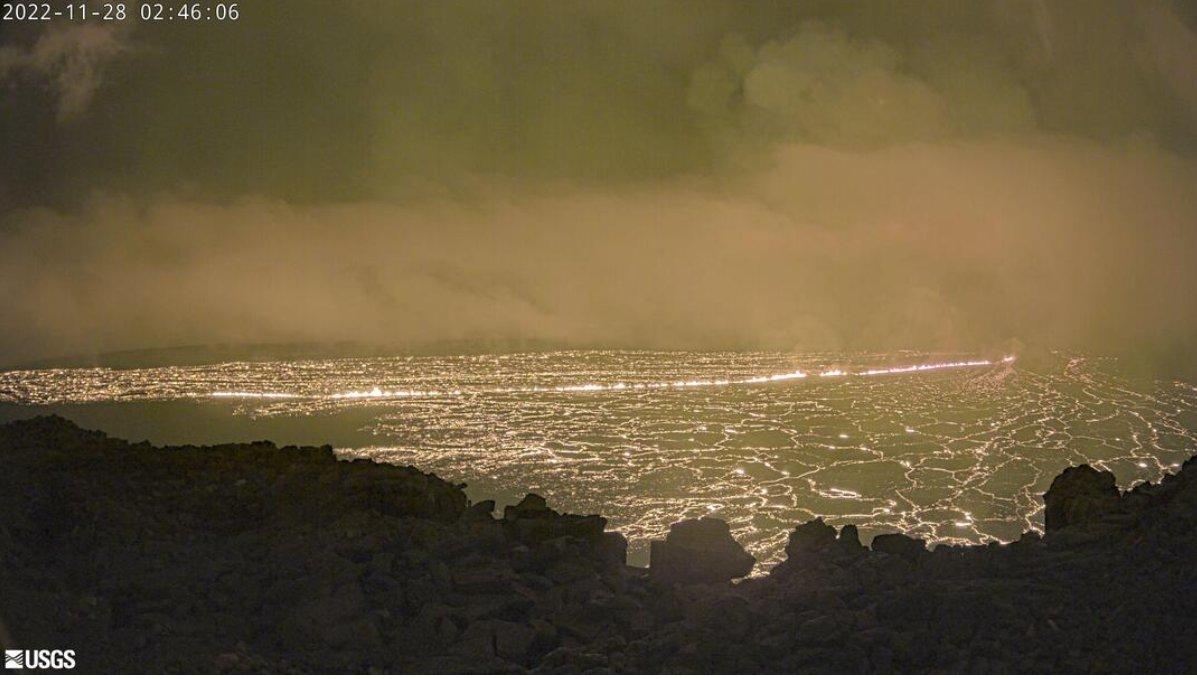Scientists are surprised by the discoveries… The volcano that erupted under the sea was so powerful…
As technology becomes more and more integrated into our daily lives, it is becoming more important to understand the effects of the climate in space on technology. When we think of the ‘space climate’, the first thing that usually comes to mind is the massive flares on the Sun – coronal mass ejections that hurtle towards Earth and create beautiful aurora borealis.
We know that geomagnetic storms disrupt satellite communications and signals. But the events that disrupt communication systems on our planet are not limited to flares on the Sun.
Scientists continue to study the effects of the Tonga volcano eruption

On January 15, 2022, the Hunga Tonga volcano, located in the South Pacific Ocean and under the sea, erupted with such force that it produced the highest volcanic eruption ever recorded, reaching 57 kilometers.
It was one of the largest volcanic eruptions in modern history, sending ripples through the atmosphere, disrupting satellite signals and affecting GPS in Australia and Southeast Asia. Researchers say the volcanic eruption threw as much water vapor into the stratosphere as 58,000 Olympic-sized swimming pools.
The Tonga eruption continues to astonish today. And new details continue to emerge about the effects of the underwater volcano that caused a huge atmospheric disturbance.
According to research published recently in the journal Space Weather, the eruption caused a super ‘plasma bubble’ over northern Australia that lasted for hours. The study says the movement in the atmosphere also interfered with satellite communications, something typically caused by solar activity. Scientists think the new results could pave the way to learn more about satellite and GPS outages.
So how does GPS work?

Most people use GPS (in navigation and smartphones) but not many know exactly how it works. Basically, our devices track radio signals transmitted by satellites orbiting the Earth and use these signals to calculate position, allowing us to orient ourselves and find the nearest bar or café.
The radio signals received by our devices are directly affected by the Earth’s atmosphere, especially the layer called the ionosphere. Commonly used devices can accurately locate up to ten meters.
But new and emerging precision satellite positioning systems used in the mining, agriculture and construction sectors can be accurate to ten centimeters. The only problem is that these systems need time to lock on to a position, which can take thirty minutes or more.
Precision positioning works by accurately modeling all the deviations caused by the Earth’s ionosphere. But when the ionosphere is out of balance, it gets complicated and modeling becomes difficult. For example, when a geomagnetic storm occurs, the ionosphere becomes turbulent and the radio waves passing through it are scattered.
How did the volcanic eruption affect GPS data around the world?
The latest study shows that the Hunga Tonga volcano eruption caused a fluctuation in the ionosphere that lasted several days. Scientists report that the size of the waves created by the eruption in the ionosphere was similar to that of geomagnetic storms. Although these waves affected GPS data around the world for days after the explosion, their impact on geolocation seems to have been very limited.
The ionosphere is a layer of the Earth’s atmosphere about 80-800 kilometers high. It consists of gas containing many electrically charged particles, making it a ‘plasma’.

Equatorial plasma bubbles are naturally occurring plasma disturbances in the ionosphere above low latitude regions (i.e. latitudes between the equator and the middle belt).
Such plasma bubbles occur regularly and are caused by a phenomenon called ‘Rayleigh-Taylor instability’. This is when a heavy liquid settles on top of a lighter liquid and the lighter liquid rises up in the heavy liquid in the form of ‘bubbles’.

But in the case of disturbances in the ionosphere, the plasma is also controlled by magnetic and electric fields. As the plasma bubbles rise, they form oddly shaped structures that look like cacti or inverted tree roots. Because of the Earth’s magnetic field, these structures spread out as the bubble grows above the equator.
As a result, bubbles at higher altitudes also reach higher latitudes. Typically, plasma bubbles grow several hundred kilometers above the equator, reaching latitudes between 15 and 20 degrees north and south.
Reply to: Rare ‘super plasma bubble’ over Australia

Scientists detected a super plasma bubble over Southeast Asia shortly after the Tonga eruption. Its size is estimated to be similar to previously reported rare super bubbles.
According to research, the Earth’s magnetic field carried this wave south and it stayed over Townsville in northeast Australia for several hours. This is the most distant plasma bubble ever observed over Australia. Although very rare, such super bubbles are known to occur over northern Australia but had not been directly observed before this event. The deployment of GPS stations in northern Australia has made this observation possible.
It appears that the waves from the volcanic eruption disrupted winds in the upper atmosphere, altering the plasma flow in the ionosphere and causing the rare super plasma bubble. The study reveals that this bubble caused significant delays in the use of precision GPS in northern Australia and Southeast Asia. In some cases, it took more than five hours to pinpoint the location due to the plasma bubble.
While we know a lot about the ionosphere, our ability to predict disturbances is still limited. Having more GPS stations could not only improve positioning and navigation, but also fill in the gaps by monitoring the ionosphere.
The Tonga flare was far from being a typical ‘space climate’ event caused by the Sun. But its impact on the upper atmosphere and GPS reveals how events on our planet affect the technologies we rely on.




